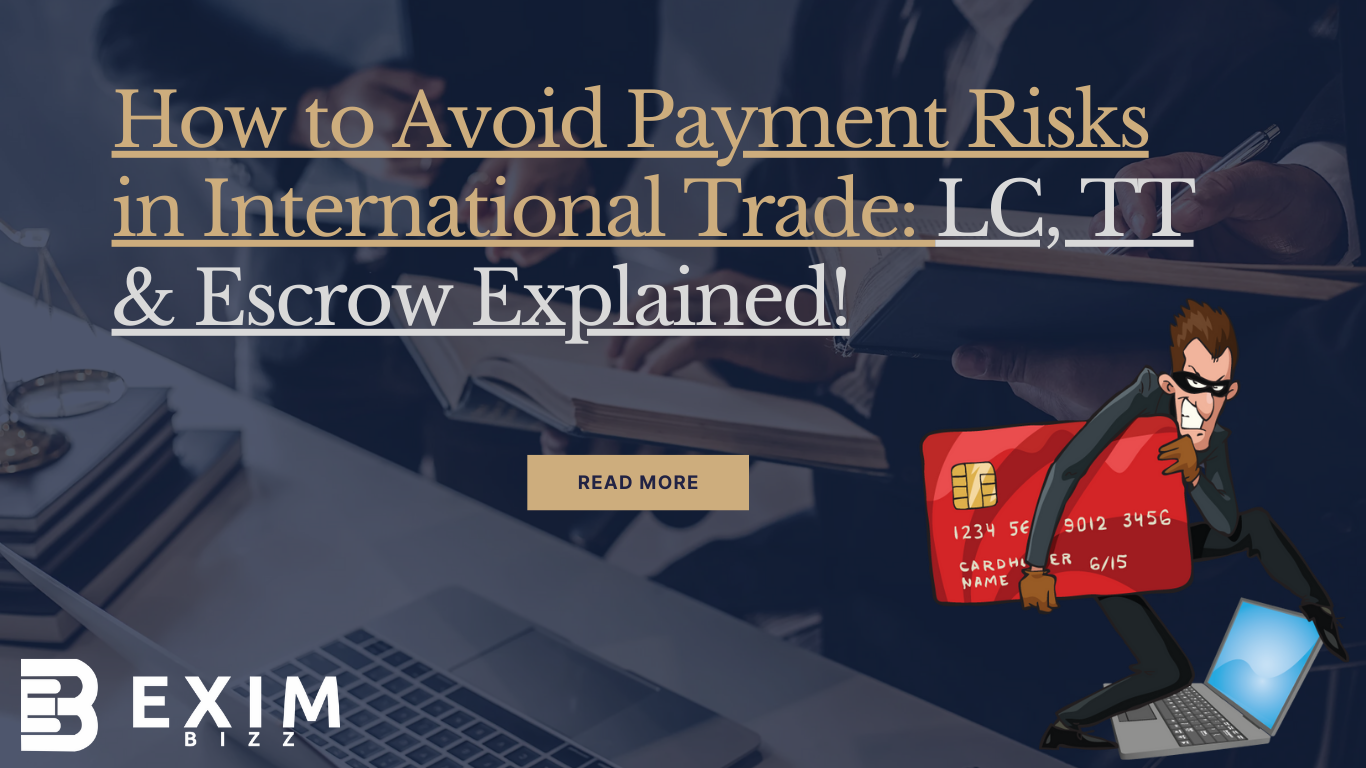Setting-up your export business and taking the controls simultaneously, can be exciting to forward your career. Offering you with the independent personality, dictating hours of workload independently, starting an export business can give you the peace of mind you’ve always dreamt of. Everything has its bad side not to forget.
If establishing an export business is a new venture for you, then steering an over saturated market, dealing with the tough economy and stuck by external factors like suppliers and stakeholders, can be a little too difficult. The actual launching of your brand comes second.
Understanding how to market your business expertly, and brand too can be the deciding difference between failure and success for a start-up. In the present day and age, the media travels at the pace of light, and while there are many media outlets, it just seems easier to save your spot, but being spotted is the hardest part.
Working out a plan to launch your export business months ahead of actual release date puts you in the safest chance of success, or, at least, gives you sufficient time to prepare. A launch is a big event into your target market, and minds of your customers and the first impression you form from the beginning can represent your business for quite a long time.
Below are some tips and tricks straight from the successful international entrepreneurs. Before you begin to plan the launch of your export business, you must have a clear business idea and a roadmap to success.
Novel branding should be your chief selling point and must be at the core to help you earn that market edge over your contenders. Furthermore, just as how your business and offerings will differentiate your brand, your brand must have a differentiating marketing strategy.
- From the early on, start communicating with both relevant influencers as well as media outlets. It is recommended to practice as it helps to gain maximum coverage way before the appropriate time of your launch. Working on your outreach strategy at least two months in advance of your official launch is an excellent way to generate the rough customer base.
- Connecting with and leveraging influential bloggers or high-profile customers by sharing free samples of your product to exchange honest reviews can propose your brand and product to a whole lot of potential customer base, and also continue with generating excitement until the real launch. If appropriate, try scheduling time with industry critics with compelling briefing offers.
- Start attracting followers on social media. Recognize and research your objective market to tailor your marketing communication directly in respect to their interests. If your product is capable of reaching and meeting an established and hungry market, one like the technology industry, seed your spot with enticing “leaks,” and develop brand recognition and awareness.Tag your brand in relevant conversations and routinely interact with industry thought leaders and influencers.
- Plan the launch of your business or product extraordinarily. A novel and well-tailored performance can be a great way to justify months of hard marketing groundwork and play as the instigator to promote your business to a wider audience. Ensure the invitation of the relevant influencers you’ve interacted with so far, putting the release rolling.
- If you don’t wish to plan an event, then utilize that portion of time to create unique marketing materials. Designing an impressive infographic, distributing a survey that establishes the value of your product or preparing a video to engage a wider audience than just a few people can introduce your brand with valuable personage, and drive sales.
- Capitalize on the popularity you built by making it easy for customers to know about your product, combining your marketing attempts with sample trials, tutorial videos and more.
- Simply neglect the parts of the launch that do not drive sales. If your product or service doesn’t interest to a mass of consumers, direct your approach toward a specific targeted audience, rather than gathering useless follows on social media.
You can instead, use the social channels for consumer engagement and services. Notice who is addressing your offering and contact them. Examine how these people can help you promote your offering further within their circles.






